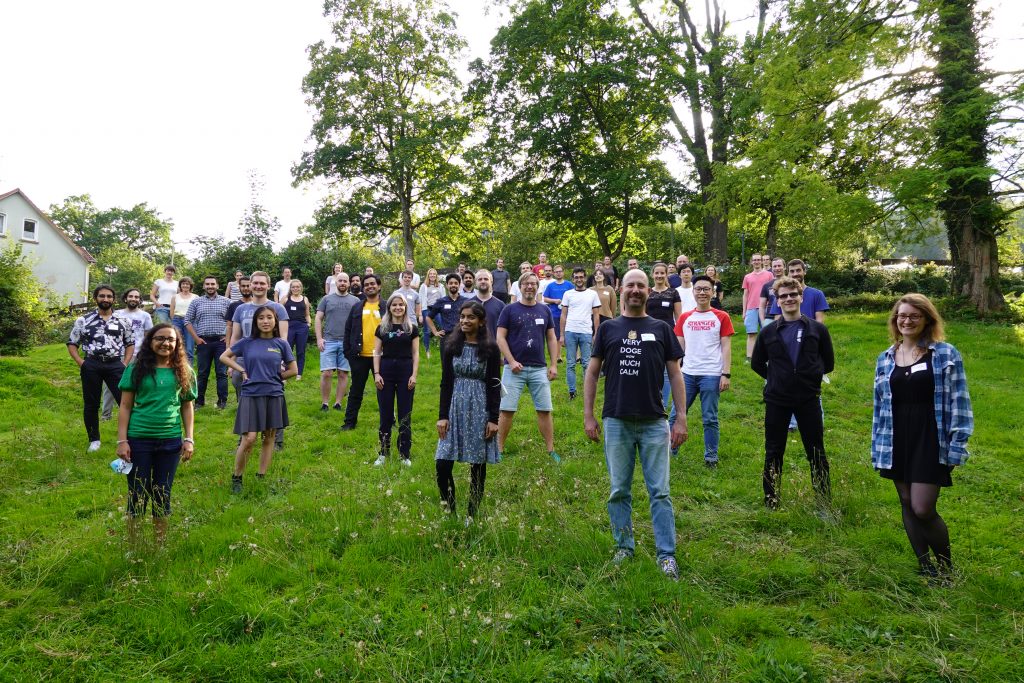Young Helmholtz researchers solve scientific data challenges and start filling the pandemic communication vacuum
For all participants, the Helmholtz Herbst Hackathon was a relief. After months of pandemic self-isolation, young scientists were absorbed in the unique atmosphere of the Helmholtz Herbst Hackathon, a cooperation project within the Helmholtz Association of German Research Centers. “We wanted to create an event that truly stands out after the depressing pandemic time. We wanted to get young scientists engaged in Machine Learning and let them get in touch again.“ says Daniela Henkel (Digital Earth, GEOMAR). From September 8 to 12, in a hotel near Cologne, 46 young researchers from different research areas and different Helmholtz research programs worked together to solve scientific data challenges.

Young Helmholtz researchers solve scientific data challenges. Souce: Ramona Kloß
The data challenges, a collection of exciting datasets and research questions from various domains, were collected by a team from Forschungszentrum Jülich (FZJ) and released as Jülich Challenges Platform. “We firmly believe that creating data challenges is a great way to foster science.” says Hanno Scharr, researcher from the Institute for Advanced Simulation (IAS-8) at FZJ. The challenges originate in various scientifics fields, such as plant research, neuroscience, and physical analytics and most approaches are centered around Machine Learning.
For solving the challenges participants could use the computational power of JUWELS booster, the flagship of the Jülich Supercomputing Centre, which is ranked No. 8 in the current Top500 list. For many researchers, it was their first contact with a supercomputer. “The Jülich team gave a great introduction before the event. We have now made our first steps in using the JUWELS Booster for our own research”, says Max Pargmann, a PhD student from the German Aerospace Center (DLR).
Stefan Kesselheim, scientific organizer of the program from FZJ, is enthusiastic: “The results are extraordinary. All teams could beat the previous leaders in the respective leaderboard. The root counting challenge can now be considered solved.” In this challenge, the task is to estimate the length of complex root systems from images. When the two teams working on the challenge joined their forces, they were able to complete the task with even higher accuracy. Also, Sören Möller, researcher from the Institute of Energy and Climate Research (IEK-1), is very happy with the outcome: “The task of my challenge is the automated analysis of ion beam spectra. The approach of the team is very innovative, and a true step forward for our research field.”
Sophie Ehrmanntraut, Helmholtz Information and Data Science Academy (HIDA) is sure: “Hackathons like this can play a very important role in the education of young researchers. They benefit on so many levels, personally and scientifically, and taking part will help them develop career goals.“ Especially after very positive feedback the organizing team is already planning a similar hackathon for next year.

No Comments
Be the first to start a conversation